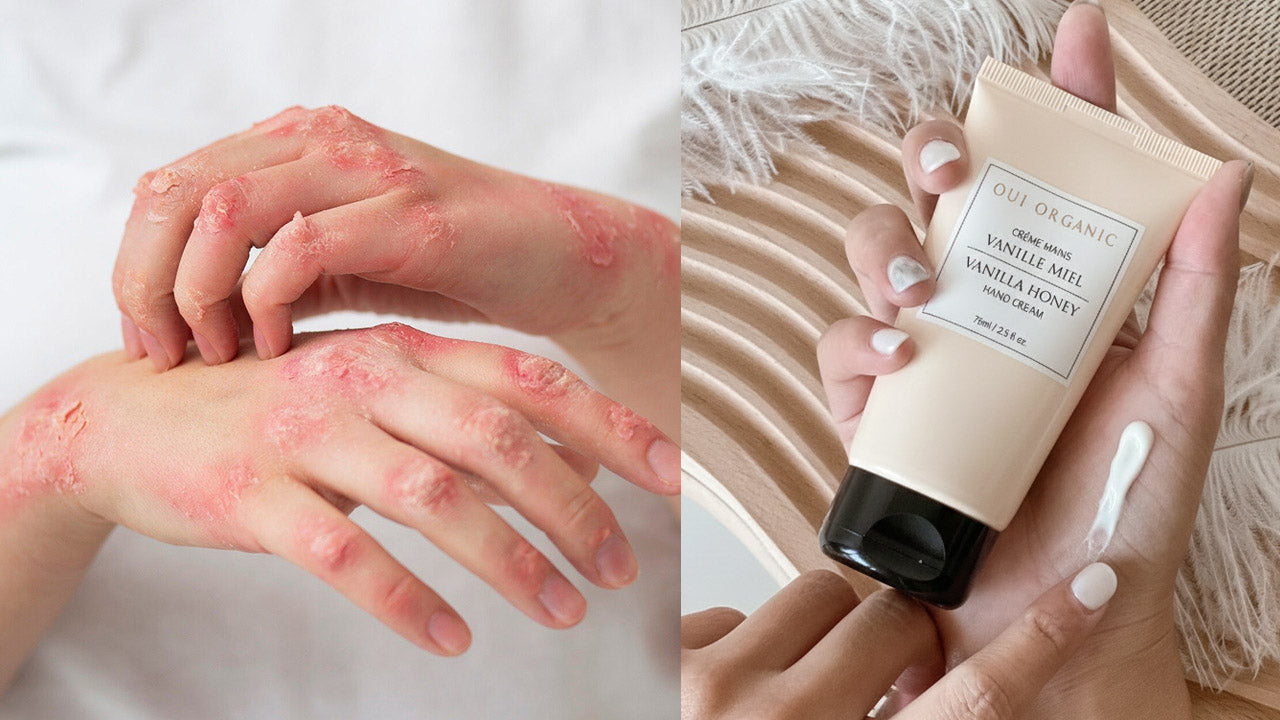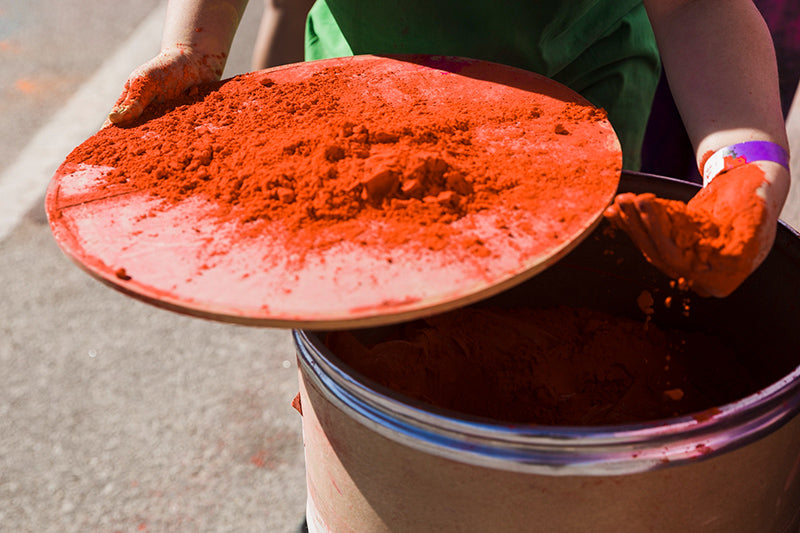Tiny Sunscreen Drops, Huge Coral Damage

With the summer heat waves approaching, I believe many people can’t wait to head to the beach to catch the waves. In order to resist the intrusion of the sun, we will apply a layer of sunscreen before going to play in the water, and do not forget to reapply it evenly every 2 hours; in order to resist the sun, we have taken various protective measures. But we have overlooked that trace amounts of sunscreen can cause extremely serious harm to marine ecology.
Is aerobenzone the culprit in harming coral reefs?
American scientists have found that sunscreen products containing oxybenzone can harm coral reefs. About 3,500 sunscreen products around the world contain oxybenzone, which is used by brands that can be seen everywhere.
The non-profit scientific research organization Haereticus Environmental Laboratory conducts research in Hawaii and the U.S. Virgin Islands. It was found that oxybenzone contained in common sunscreen lotions poses a great threat to already fragile coral reefs. Even if one drop of oxybenzone is placed within the range of six and a half Olympic standard swimming pools, it is enough to pollute the environment. Seawater sampling results in Hawaii and the Caribbean showed that oxybenzone was 12 times higher than the above concentration. Craig Downs, who led the study, believes this may explain why primary corals are no longer found on the reef. Scientists point out that oxybenzone can damage the DNA of adult corals, deform small corals and make it difficult for them to grow. Of course, it can also kill corals.

Between 6,000 and 14,000 tons of sunscreen are released each year through water sports, bathing, and discharge into the sea and onto coral reefs, most of which contain oxybenzone.
Craig Downs said sunscreen should be used with caution near coral reefs. The U.S. National Park Service states that although no sunscreen product is guaranteed to be 100% "reef friendly," sunscreen lotions containing natural mineral ingredients such as titanium oxide or zinc oxide It is relatively safe and has not been found to be harmful to corals so far.
These sunscreens contain mild compounds and are generally suitable for children or those with sensitive skin. In October 2015, the U.S. National Oceanic and Atmospheric Administration (NOAA) announced that due to factors such as rising ocean temperatures, coral reef bleaching in Hawaii has spread to the Caribbean, and the situation may continue until 2016, contributing to the world's third coral reef bleaching Albino Records.
NOAA believes that "the main cause of large-scale coral bleaching is climate warming, followed by pollution. Excessive exposure to sunlight or air can also cause bleaching."

Summer is coming, and the use of sunscreen has become an unavoidable habit and lifestyle in our lives. But I hope that before purchasing and using sunscreen products, we can think of the beautiful corals on the seabed and the earth that provides many resources.
Everyone can choose a different lifestyle. Please use better and friendlier choices to continue a more beautiful and longer-lasting earth.
"Live better, and be kind to our planet."
Be kind to the planet, and you can too.
- Tags: 防曬














